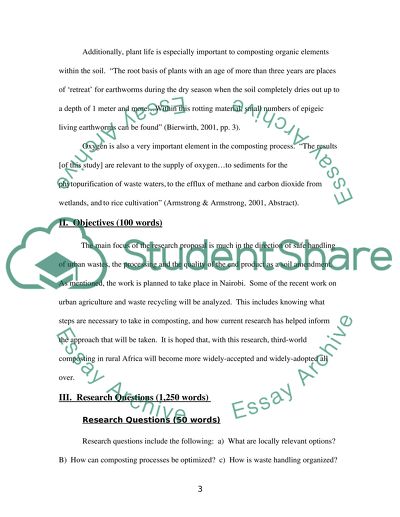Cite this document
(“Recycling of biological waste for local production of vegetables in Research Paper”, n.d.)
Retrieved from https://studentshare.org/family-consumer-science/1404735-recycling-of-biological-waste-for-local-production
Retrieved from https://studentshare.org/family-consumer-science/1404735-recycling-of-biological-waste-for-local-production
(Recycling of Biological Waste for Local Production of Vegetables in Research Paper)
https://studentshare.org/family-consumer-science/1404735-recycling-of-biological-waste-for-local-production.
https://studentshare.org/family-consumer-science/1404735-recycling-of-biological-waste-for-local-production.
“Recycling of Biological Waste for Local Production of Vegetables in Research Paper”, n.d. https://studentshare.org/family-consumer-science/1404735-recycling-of-biological-waste-for-local-production.


